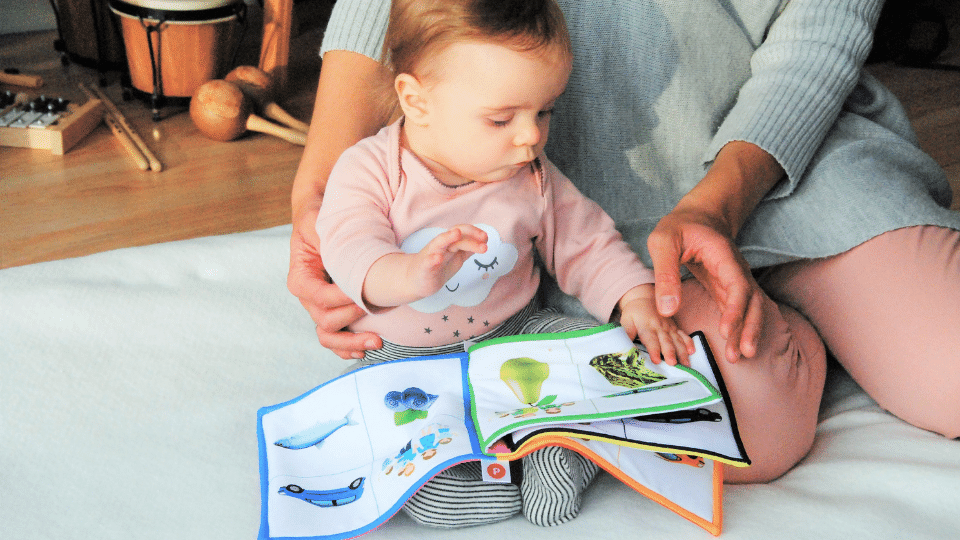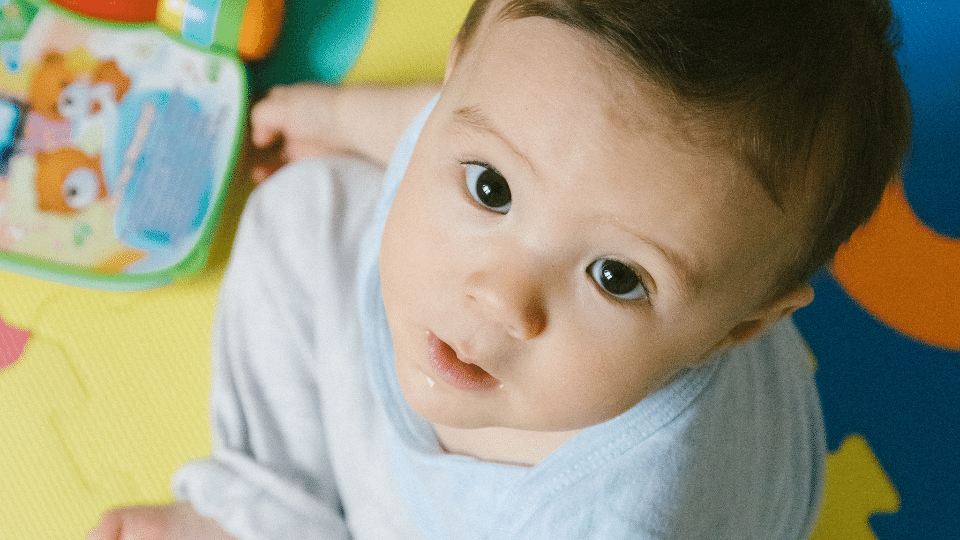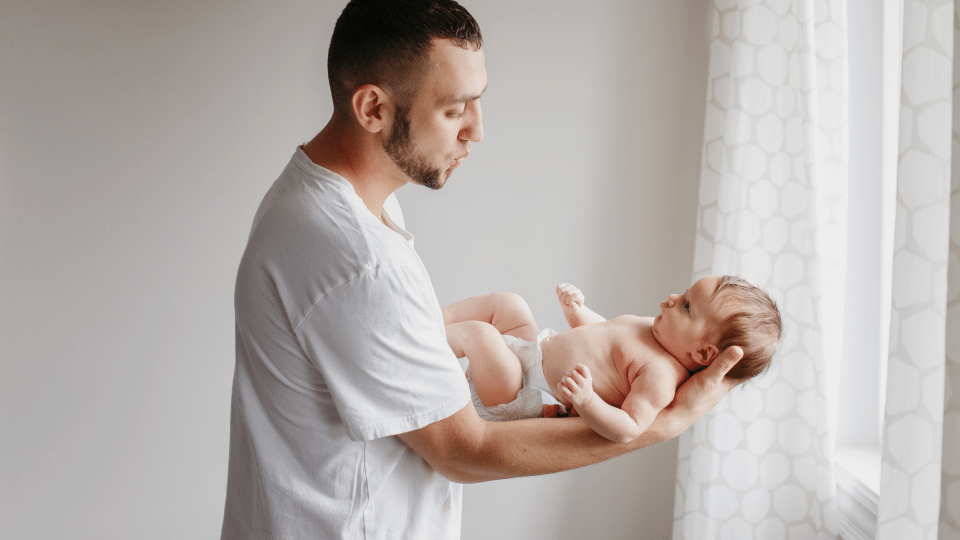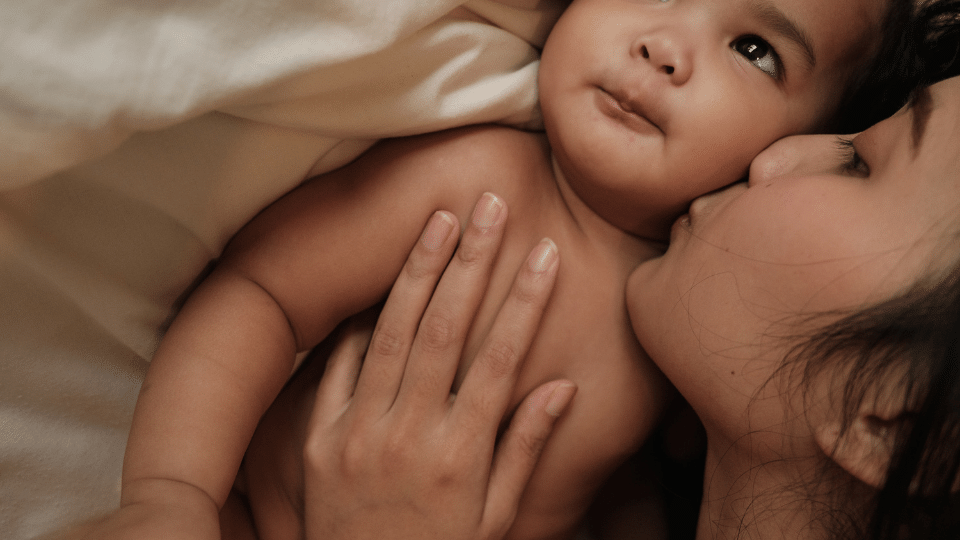31 Parent Tips For Being Proactive in Optimal Baby Development
Jan 17, 2023

1.Provide a safe and stimulating environment for the baby to explore.

2. Encourage physical activity and play to promote gross motor development.

3. If your baby favors looking to one side talk to your pediatrician. It could be torticollis. Learn more in our free torticollis course. CLICK HERE
4. Read to the baby daily to promote language and cognitive development.

5. Interact hold and play with your baby, they learn development from your movements the more you interact with them.

6. If you feel like your baby is behind in their development, get the Movement Lesson Baby Milestone Momentum Chart. CLICK HERE.
Did you know this Firs Baby Milestone?
You think it's 'Lying Down' but it's their Absolute Horizon
For a parent to assume our development when it can be attained and manipulated by oneself and others through a cognitive process without knowing where that being has originated through movements contained in ones birth and development.
When a newborn baby is in the process of a typical natural delivery and starts the crown, the baby has rotated in position for the head to mold and elongate out of the vaginal canal.
After the presentation of the head, the rotation will continue to allow soft tissue to initiate functions as each shoulder to exit the womb separately.
This rotation continues to allow lung expansion through cavitation to introduce oxygenation function as the body continues to leave the mother’s system.
This rotation initiates the newborn’s system mechanics to have a complete organization of its horizon. The body’s inability for external and internal experience of these and many other functions to organize around this absolute horizon in opposition to gravity, gives the system a ‘false’ horizon initiating variations to functional developmental movement patterns.

7. Use baby sign language to communicate with the baby before they can speak.

8. Your child should never feel stiff. Talk to your pediatrician immediately and start offering your child rotational movement exercises. CLICK HERE
9. Provide a variety of textures, colors, and shapes for the baby to explore.

10. Don't use black and white too much, as it makes it difficult for a baby to be able to choose to look away.

11. If your babies eye(s) turns in, get an ophthalmology appointment as soon as possible. Everyone will say there is not vision and development correlation, but after 40,000 hours of working on clients the opposite is the case. If your child needs their vision supplemented with glasses, find a doctor that will give your child glasses instead of the "oh they will grow out of it." Babies miss crucial milestone experiences when they don't have good vision as shown in the Movement Lesson Baby Milestone Momentum Chart. Get our Free Parent Guide for Tips for an Effective Ophthalmology Appointment Here. CLICK HERE

12. Read about and know the typical and atypical warning signs for babies birth to 3 months old. CLICK HERE (Amazon affiliate link)
13. Play music and sing to the baby to promote auditory development.

14. Respond to the baby's cues and engage in back-and-forth interactions.
15. Watch our free webinar on typical and atypical warning signs for babies 3 to 6 months old. CLICK HERE

16. Encourage the baby to reach and grasp for toys to promote fine motor development.

17. Children that can only grasp, but can not let go of a toy, we recommend that your child gets a free movement assessment on our Facebook group Movement Lesson for Parents and Practitioners, CLICK HERE. While many will say this is fine, this is a big warning sign of development that is missed by doctors and pediatricians. If you would prefer a private movement assessment, you can pay for one here, CLICK HERE.
18. Provide opportunities for the baby to practice self-help skills such as feeding and dressing.
19. A blanket and the floor is your baby's best toy.

20. Too much time in restrictive devices of any kind will automatically start complicating your child's development.
21. The more delayed a child is, the less time they should spend in restrictive devices.

22. Your child should never feel floppy. Talk to your pediatrician immediately and start offering your child rotational movement exercises. CLICK HERE
23. Talk to the baby often and use simple, clear language to promote language development.
24. Know if your baby has the 5 transitional skills needed to create every milestone in their body as well as set up their abilities for fine and gross motor skills. Watch our Free Webinar. CLICK HERE.

25. Use routines such as bedtime and bath time to provide a sense of security for the baby.
26. Your child should never be regressing in their milestones. Talk to your pediatrician immediately (this could be very serious warning signs) and start offering your child rotational movement exercises. CLICK HERE
27. Provide positive reinforcement and encouragement for the baby's efforts and accomplishments.

28. Limit screen time and provide a balance of indoor and outdoor activities.
29. Take the baby to playdates and social events to promote social and emotional development.

30. If you baby cries a lot talk to your pediatrician. If they can't or won't do anything for your child, work on their gut for constipation, gas, and any kind of discomfort that may be occurring. You can do this 30 to 10 minutes a day with our constipation course. CLICK HERE.

31. Seek out resources such as parenting classes and books to stay informed on child development. Check out our parent plan workshops here. CLICK HERE.
